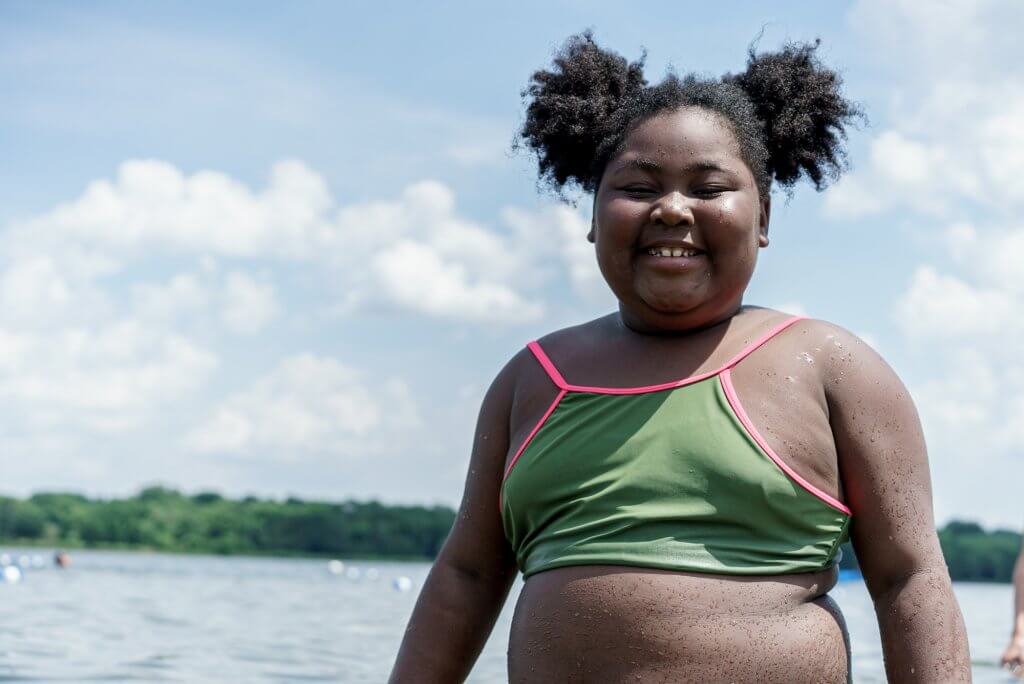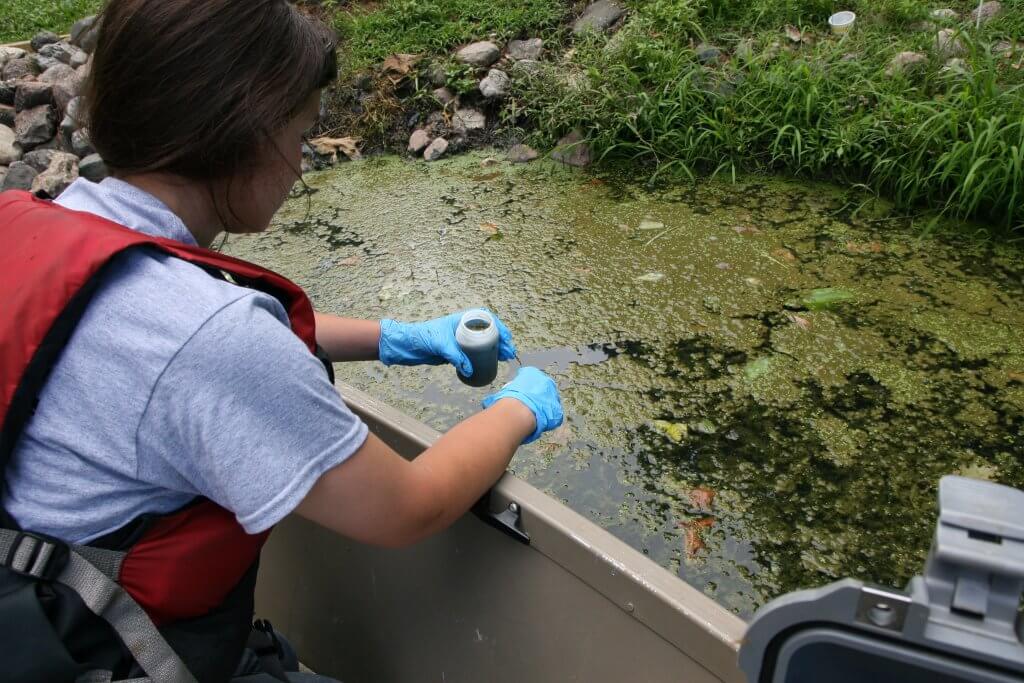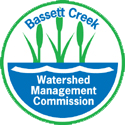News
Choose clean lakes for safer swimming
Tue, Jul 13, 2021The summer of 2021 is off to a scorching start with record high temperatures and drought affecting most of Minnesota. As the temperatures soar, many have sought relief from the heat at their favorite swimming spots. In the land of 10,000 lakes, one question might be on the mind of swimmers: how do I know I’ve picked a safe place to swim? With a little bit of research, you can plan your next beach outing with confidence that you’re heading to a healthy lake or stream.

MPCA’s Impaired Waters Viewer
One state-wide resource is a map called the Impaired Waters Viewer, which is maintained by the Minnesota Pollution Control Agency. A body of water is considered “impaired” by the Minnesota Pollution Control Agency (MPCA) if it has too much bacteria or nutrient pollution, making it unsuitable for swimming, fishing, or other recreation. At first glance, the Impaired Waters Viewer map may look a bit frightening with so many waterways colored bright red. However, you can click on each lake, river or stream to view important details about the impairment.
When browsing the Impaired Waters Viewer map, click on a lake or river and look for the codes AQC (aquatic consumption), AQL (aquatic life), and AQR (aquatic recreation). For example, Bush Lake in Bloomington is marked as impaired for aquatic consumption due to mercury found in fish tissue. This is one of many lakes where it’s best to avoid eating fish caught there, but swimming is perfectly safe. Steer clear of swimming in lakes, rivers, and streams marked AQR until they are no longer impaired.
Weather, algae, and other considerations
Another strategy to ensure a safe swimming experience is to visit public beaches. These sites are closely monitored for hazards such as bacteria or algae, and in the case of an outbreak or algae bloom, the beaches will be promptly closed until they’re safe for recreation again. Another benefit of public beaches is that they’re frequently cleaned, making it less likely that you’ll encounter sharp debris such as broken glass. For the most up-to-date information about whether a beach is open or closed, check county or city websites.
Weather can affect water quality, especially rainstorms. Heavy rains create runoff that flows into storm drains. Those storm drains feed directly into nearby lakes, rivers, and wetlands, often picking up trash and debris along the way. Pollutants and bacteria that aren’t visible to the naked eye also flush through storm drains. To avoid exposure to debris and bacteria, it’s best to wait 24 or 48 hours after heavy rain before swimming in stormwater-fed bodies of water.
In contrast with invisible bacteria, blue-green algae is one of those hazards that’s often readily apparent. Algae is fed by the nutrient phosphorus. When leaves, grass, and other pollutants decompose they turn into phosphorus, nitrogen, and other nutrients, and excess phosphorus from pollutants in runoff can cause algae to grow out of control. The resulting blooms of blue-green algae turns water bright green, making a lake look like it’s filled with pea soup. Blue-green algae doesn’t just make water toxic; it can dry into the air, causing respiratory problems. Algal blooms might only appear on a small portion of the water’s surface, and if you spot a scummy spot on the water, proceed with caution. The algae can be harmful to both people and pets. The MPCA recommends two quick, no-cost tests to determine whether blue-green algae is present.

Get to know your local waterways
The natural beauty of our waterways makes Minnesota a pleasure to explore, and now is the time to get out and go swimming, boating, and recreating across the state. With these resources, you can safely take advantage of all the outdoors this season. The better acquainted you get with your local lakes, rivers, and streams, the better you’ll understand the importance of protecting them. Adopt a storm drain to play a role in keeping debris out of our lakes, rivers, and streams, protecting them for all to enjoy.
For more information about water quality in lakes, consult: Is My Lake Safe?

